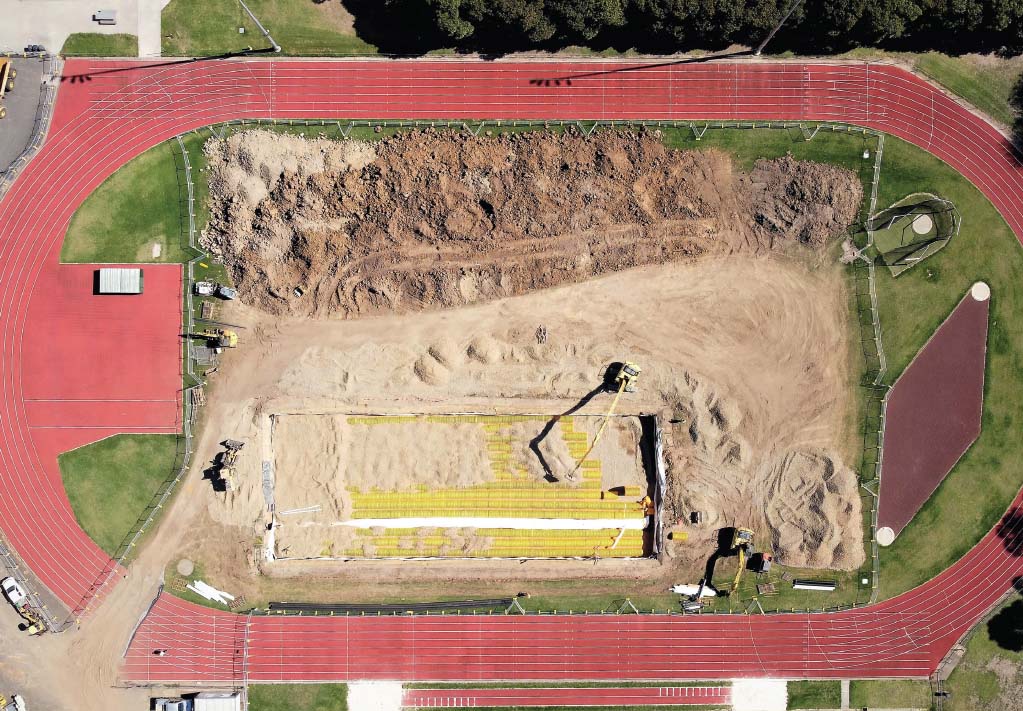Our climate is changing, and with it is an expected increase in extreme weather events. Australia is no stranger to the perennial nature of El Niño and La Niña.
Our communities face a natural cycle of two extremes – from dusty droughts through to big soaks and catastrophic floodwater.
Influenced by a changing climate, reported data shows “extreme El Niño and La Niña events may increase in frequency from about one every 20 years to one every 10 years”. Exceeding this benchmark, Australia has just declared our third consecutive La Niña season.
With our wet seasons extending another year – detention, retention, and stormwater harvesting help to support the safety and resiliency of our communities.
The Dual Purpose: Resiliency in the Big Wet & Big Dry
A multi-pronged approach to water storage ensures that we can take on both extremes of our local environment. Managing complex water quantity scenarios can be achieved with a combination of retention and detention.
Flood mitigation is supported by detention systems, which slow peak flows during our wet seasons. Comparatively, retention systems provide capacity for stormwater harvesting and storage which supplies water during our drier periods.
Combinations of these systems alleviate pressures on our water and drainage networks during our weather extremes. Implementing these stormwater systems is an essential strategy to sustainably manage our water resources.
SPEL Stormwater designs and implements a full range of water quantity solutions, from detention to retention & re-use. Our stormwater devices in this range include the SPELVault, SPEL Megavault and SPELChamber.
Preparing for La Niña 3.0
With the declaration of our third consecutive La Niña season, another wet summer is expected. For many developments, planning projects around the wet season must start early.
Modular designs with quick installation times help insulate developments from the economic impacts of the wet season. The SPELVault and Megavault are notable examples of concrete on-site stormwater detention tanks (OSD) that can be installed quickly, compared to the traditional approach of in-situ pouring.
In the face of a changing climate, modern stormwater design can help our communities build resiliency and address extreme weather with scalable infrastructure. From flooding to drought, it is paramount that we future-proof our communities – and think about these systems before extreme weather events happen.


















